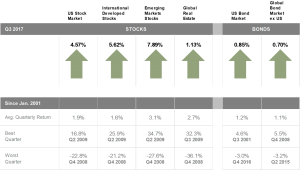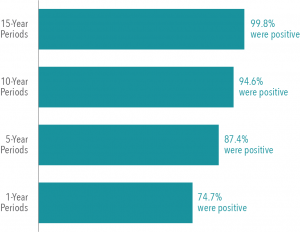The 401(k) Series #7: Weighing Your Rollover Options

When you retire or change jobs, you have new options for your old 401(k) that can provide continued potential tax-deferred growth opportunities. With a transition of this magnitude, it’s helpful to understand the steps in the process and have a checklist for guidance.
YOUR TRANSITION CHECKLIST
- Contact your former HR department and understand your options
- Consider the pros and cons of those options (See Below)
- Consult a Financial Advisor and develop a retirement income strategy
Now let’s discuss your options. There are 3 main options you will be given the opportunity to evaluate:
- can maintain the tax-deferred status, earn tax-free growth and avoid paying current taxes or penalties
- will be limited to the investment choices in the plan
- will be restricted to the withdrawal rules of the plan
- maintain the tax-deferred status, earn tax-free growth AND avoid paying current taxes or penalties
- be able to consolidate your retirement savings
- add additional investment options
- enjoy more flexible withdrawal options
- potentially lower fees than traditional 401(k) plans
- there are immediate & significant tax consequences
- there are most likely withdrawal penalties
- you will have immediate access to the funds
- you will have 60 days to complete a rollover
If you choose the recommended option of rolling over your old 401(k), use this step by step guide to help you through the process.
ROLLOVER STEP-BY-STEP GUIDE
- Open a Rollover IRA with a trusted Firm
- Complete your Distribution Paperwork to do a DIRECT rollover to your new IRA
- Consult a Financial Advisor to develop a strategic retirement plan based on your personal financial situation
- Implement your new strategy and focus on disciplined investing




